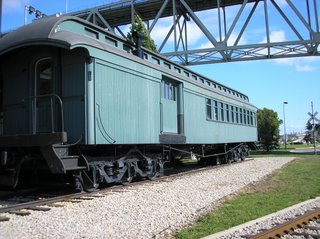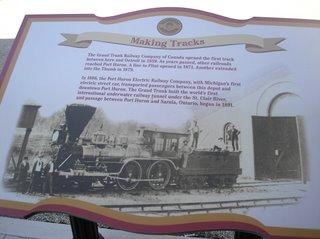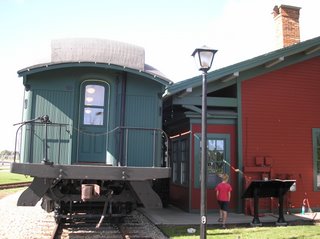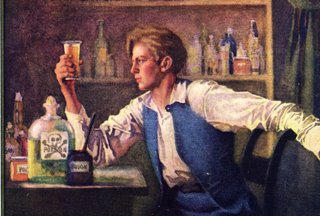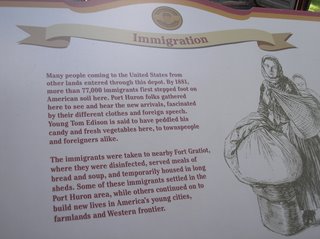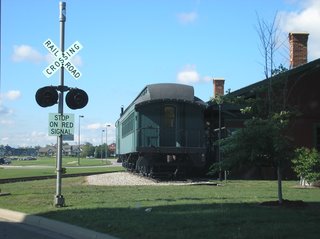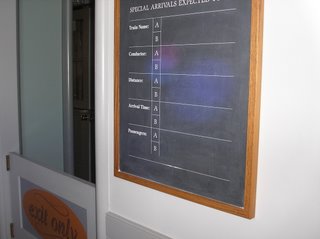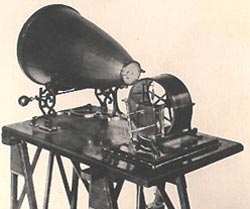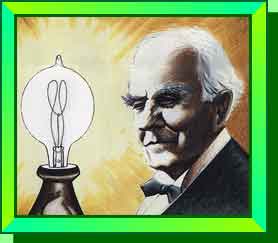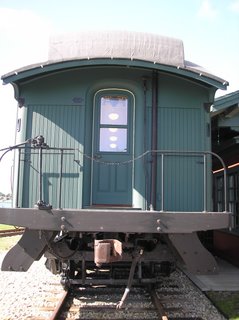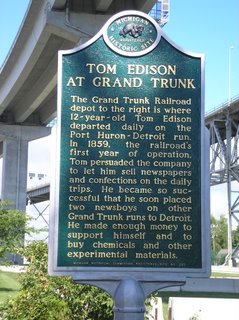 Another outing to
Another outing to 
On May 5th this year, I blogged about a biography I had been reading aloud each day to the younger children, one that instantly sparked quite a whetting of the appetite in both of them, to seek out more information of the varied inventions Thomas Edison had become historically famous for. We had planned to take a road trip to the heritage sights later on to discover more.
Did you know shortly before his death at age 83, Thomas Edison had obtained his 1,093 patent? Scores of people aren’t aware of his accumulated curiosities and successes, only vaguely remembering the disk phonograph, telegraph influences, electrical illuminations (like our barn!), motion pictures, and other notables, those few noted writings within a selection of history books. As well, Thomas Edison was 83% deaf in one ear, more in the other.
Scores of people aren’t aware of his accumulated curiosities and successes, only vaguely remembering the disk phonograph, telegraph influences, electrical illuminations (like our barn!), motion pictures, and other notables, those few noted writings within a selection of history books. As well, Thomas Edison was 83% deaf in one ear, more in the other.
The
At an early age, Thomas was unable to sit idle in the one room schoolhouse he attended; his teacher literally expelled him from class, and suggested psychological counsel. His loving and intuitive mother refused to allow the teacher to deem him unfit to educate, therefore committed to his education at home. He was home schooled. *smile*
At age 11, Tom's parents tried to appease his ever more voracious appetite for knowledge by teaching him how to use the resources of the local library. This skill became the foundation of many factors that gradually caused him to prefer learning via independent self instruction.
Starting with the last book on the bottom shelf, Tom set out to systematically read every book in the stacks. Wisely, however, his parents promptly guided him into towards being more selective in what he read. Unfortunately, in spite of their noble efforts, Tom's dedicated parents eventually found themselves incapable of addressing his ever increasing interest in the Sciences. For example, when he began to question them about concepts dealing with Physics - such as those contained in Isaac Newton's great "Principia" - they were utterly stymied. Accordingly, they scraped enough money together to hire a clever tutor to help their precocious son in trying to understand
By age 12, Tom had already become an”adult”. He had not only convinced his parents of his mature responsibility to allow him the opportunity of allowing him to become a hired worker for the local Grand Trunk Railway, traveling with the train route daily to Detroit, selling newspapers, snacks, and candy. His knack for sales also included the beginnings of an entirely separate business selling fruits and vegetables to immigrants arriving at the
And at age 14 -during the time of the famous pre-Civil War debates between Lincoln and Douglas –he had befriended the Detroit Press printer, decidedly advancing the timing of news stories himself from the associated news releases that were being teletype into the station each day, and published them in his own little newspaper. Beyond his sales for the day at on the trains, he included personal sales of his newspapers, selling all his copies before the train reached the last destination of the day. As the word spread of his new endeavor continued, eagerly folks began to line up at railroad stations between Detroit and Port Huron where passengers were picked up at small towns along its route, they awaited the train, not to board, but to purchase their own copy literally hot off the presses onboard, of this advanced news of the day from him.
At its peak, Tom's mini-publishing venture netted him more than ten dollars per day. Because this was considerably more than enough to provide for his own support, he had a good deal of extra income, most of which went towards outfitting the chemical laboratory he had set up in the basement of his home. But then his usually patient and tolerant mother finally complained about the odors and danger of all the "poisons" he was amassing, he transferred most of them to a locked room in the basement and put the remainder in his locker room on the train.
One day, while traversing a bumpy section of track, the train lurched, causing a stick of phosphorous to roll onto the floor and ignite. Within moments, the baggage car caught fire. The conductor was so angry; he severely chastised the boy and struck him with a powerful blow on the side of his head. Purportedly, this may have aggravated some of the loss of hearing he may have inherited and from a later bout he had with scarlet fever. In any case, the station master penalized him by restricting him to peddling his newspaper to venues in railroad stations along the track.
The rest as they say….is history. For a list of all Thomas Edison’s patents for inventions, check out THIS LINK
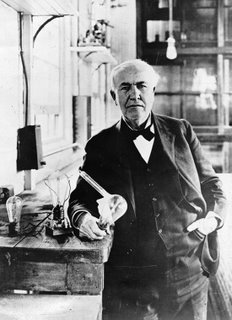
Interesting to note the upcoming events at the museum, a historical train celebration will be taking place for the public to participate in. We noticed the advertisement for the upcoming second annual "Down by the Depot/Hobo Fest" taking place September 22-24th, complete with simulated steam engines like the "Flagg Coal company #75, Thrill to the sounds of a live steam locomotive. The father and son team of John and Byron Grambling spent a decade restoring this locomotive to operating condition, and it returns to Port Huron for the first time since 2004. Cab tours of the locomotive will be available
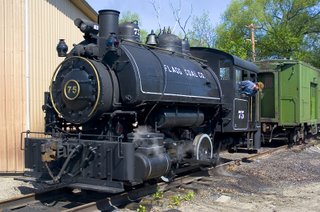
CN Rail's newest "Little Obie" will be making its first appearance will be Canadian National Railway's safety train, "Little Obie." "Obie" is a 40 foot scale model of a CN Locomotive, and comes complete with a flatcar and caboose. The Locomotive is authentic downtown to the engineer's cab, working headlights, etc. Included is Obie's air horn, which makes a big impression on kids.






.jpg)



